Today, Amy and I went to the clinic in Inhassunge for the first time. We hopped a boat across the Rio de Bons Sinais and landed at Aquapesca, the camarão (shrimp) farm across the way. From there, a truck drove us down a dirt road for about an hour. We passed through fields of mandioca, coconuts and little huts with thatched roofs, and finally arrived at the clinic. It was quite a sight. A compound of buildings with people lined up all around, waiting to be seen by either Mónica (the doctora), the nurses, the pharmacists, or technicos de medicina (medical technicians).
We walked through the crowd to quickly take a look at the urgent consults. The first patient we saw was a newborn with an imperforate anus. So this little man was born perfectly fine, except that his digestive tract failed to make a little hole at the end so he can poo. Mónica informed his mom that they'd need to come with us to Quelimane at the end of the day so a surgeon could fix him. Next, we saw a little boy, probably about 8 years old, who had a condyloma. While walking through the courtyard to set up shop in Mónica's office, a man approached us to say hello and wish us a good day. Mónica knew him very well. She later informed us that both he and his wife are HIV+, although his disease is more advanced, requiring him to take anti-retrovirals. His wife's condition is not as bad right now, so she hasn't been started on meds. The problem that Mónica is having with him is that he doesn't understand why he has medicine and his wife doesn't. So he's been giving his medication to his wife...which is making his condition worse.
Throughout the day, we saw about 12 HIV+ patients, 4 of them having run of the mill TB to boot. But another 3 had MDR TB (multi-drug resistant tuberculosis). We had a really sad situation with a 15 year old girl who came in with her mom and was just diagnosed with HIV (her reason for seeking medical attention was that her skin was itchy and bumpy). She weighed 80lbs, was jaundiced, and had sex twice last year--the only time in her life. As of today, she has HIV, TB, and potentially hepatitis. We saw another man who was diagnosed with Kaposi's Sarcoma at another health center, although it looked more like osteomyelitis. We also saw a little baby who had a bad reaction to Niverapine (an anti-retroviral)...his face is covered with a bumpy rash. Watching Mónica interact with patients is a thing of beauty and deserves to be the topic of another story.
During a short break, Amy and I toured the facilities. We walked through the pediatric ward which consisted of 8 beds. We met one girl who I thought looked to be about 8 years old. Turns out she's 18. Amy and I then chatted with an older woman who was holding an extremely malnourished boy who we thought was about 6 months old. He is actually 3 years old. Eye opening to say the least.
There is also a pulmonary ward with half a dozen beds, a general medicine ward, a maternity area, and a men's health area. There's a building for HIV counseling, an area for the pharmacy, and a building off to the side that functions as the morgue.
Towards the end of the day, a man popped in to Mónica's office and gave us coconuts with the tops chopped off, so we could drink the water.--sidenote: unripe coconuts have a thin layer of soft meat and are chalk-full of water. ripe coconuts have the thick, drier meat with less liquid.
At the end of the day we packed into the truck and headed back to the dock. Mónica, the driver, the woman with her newborn, and two other women sat inside the truck. Amy and I piled into the flatbed with 7 other people. Mind you, the flatbed on the FGH trucks are about half the size of what you get with the Silverado. So Amy and I made new friends as we bounced down the road. Just your average day in Inhassunge I suppose.
Wednesday, September 17, 2008
Subscribe to:
Post Comments (Atom)
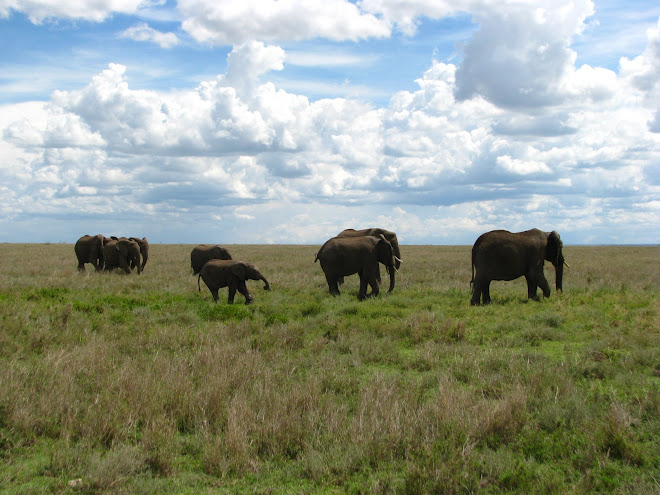

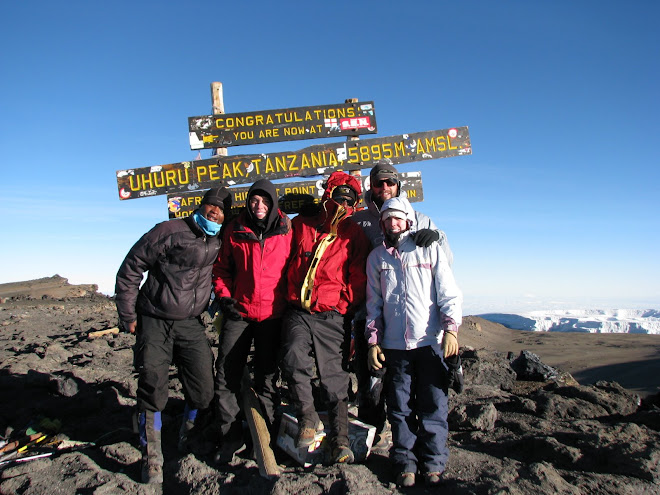
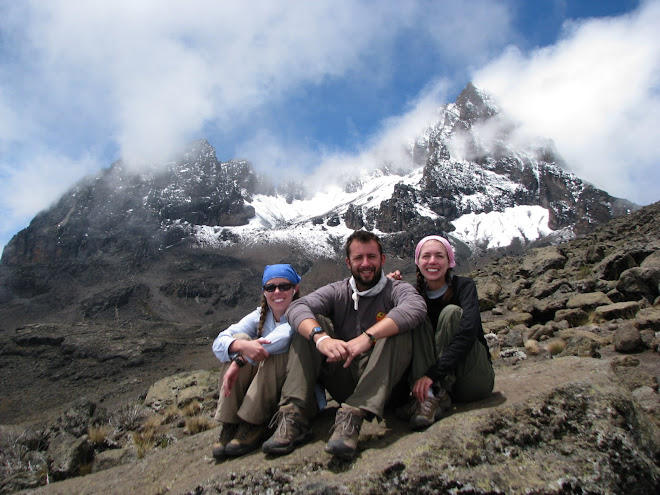
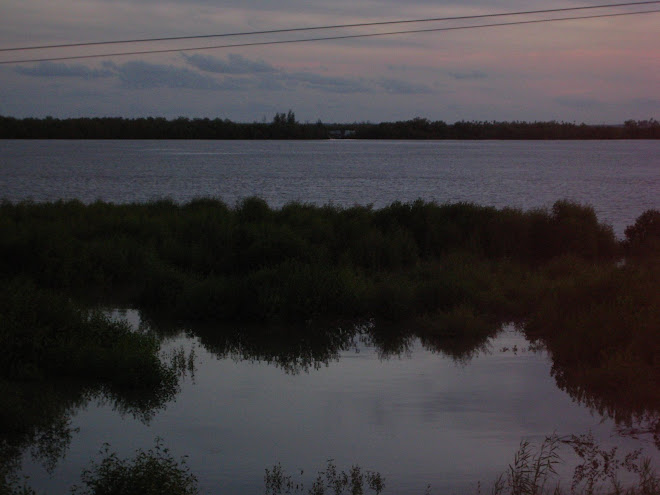
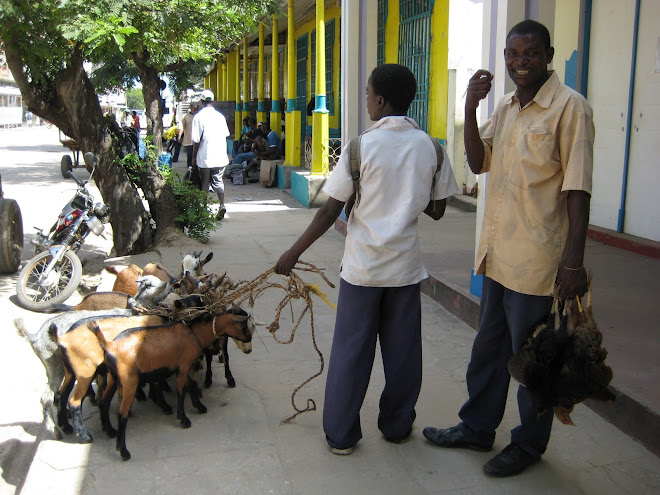
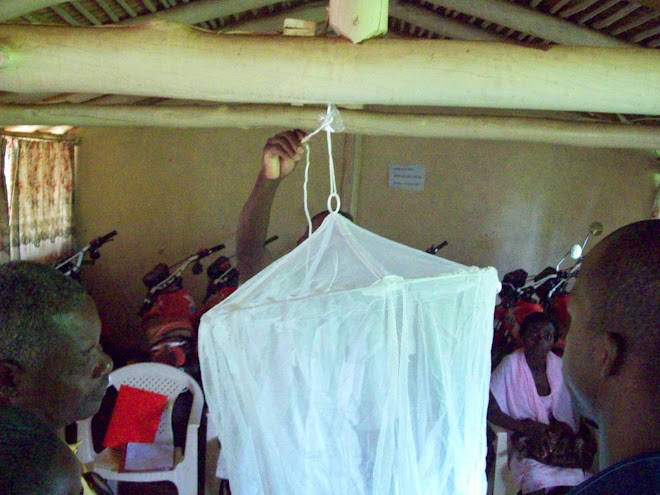
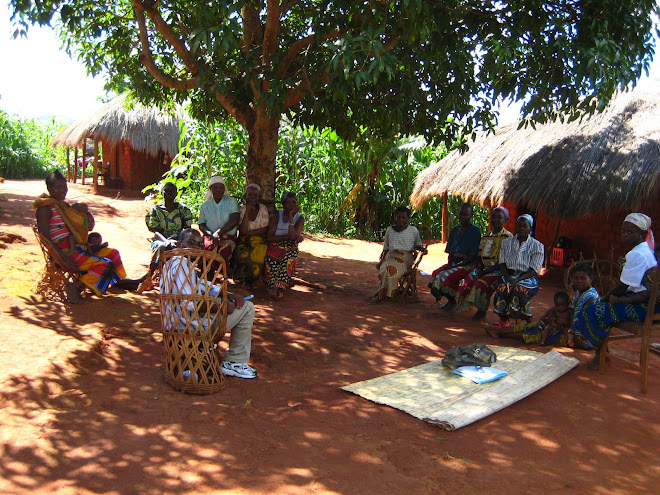
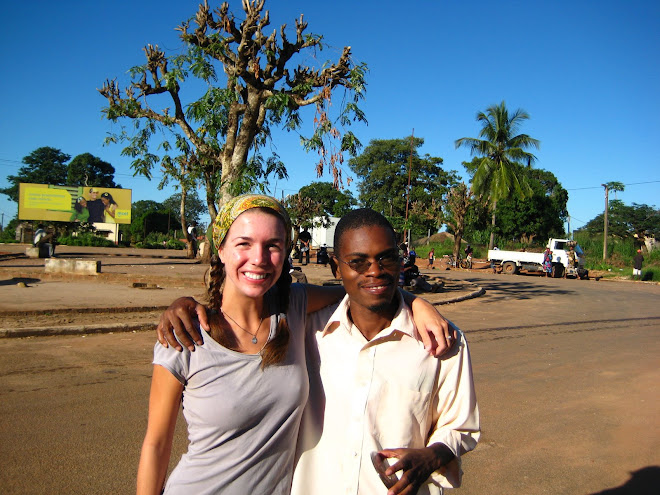
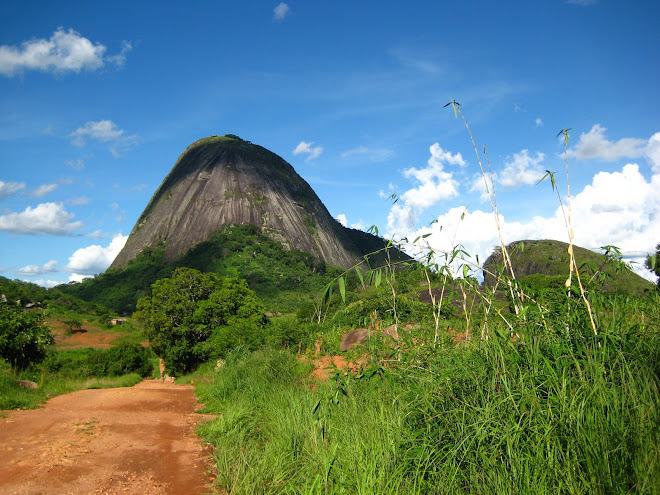
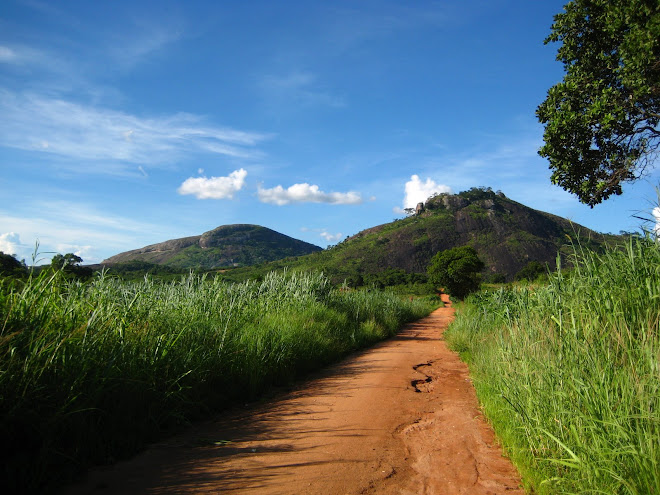

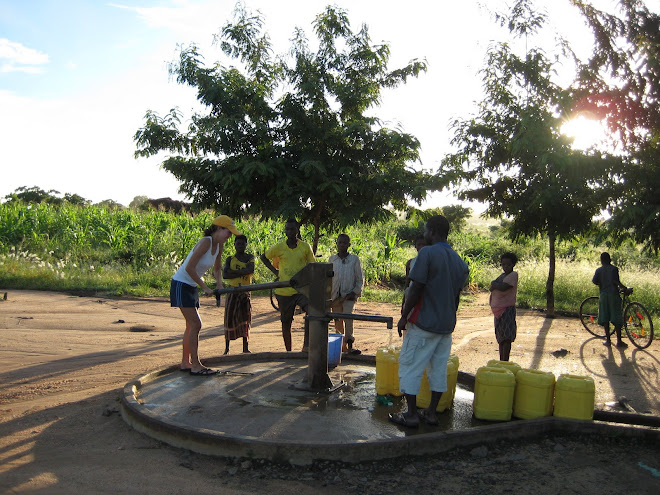




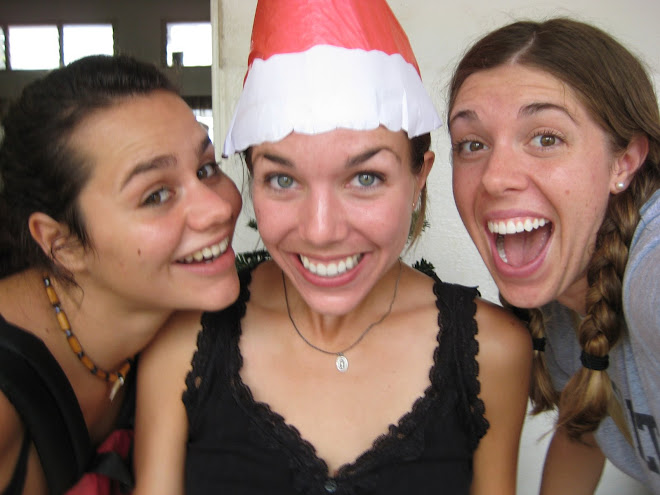

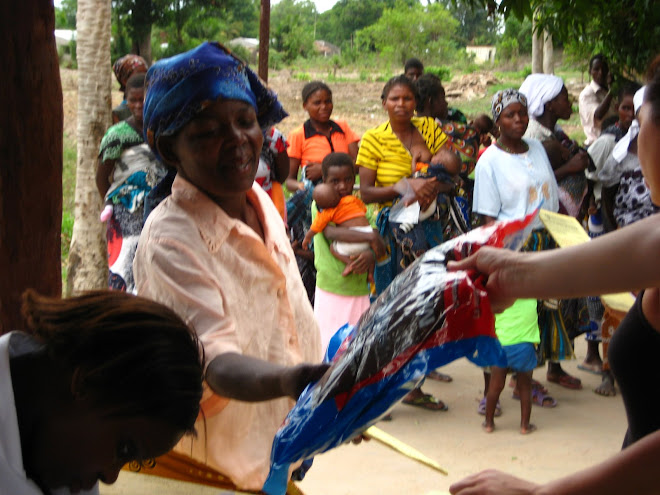

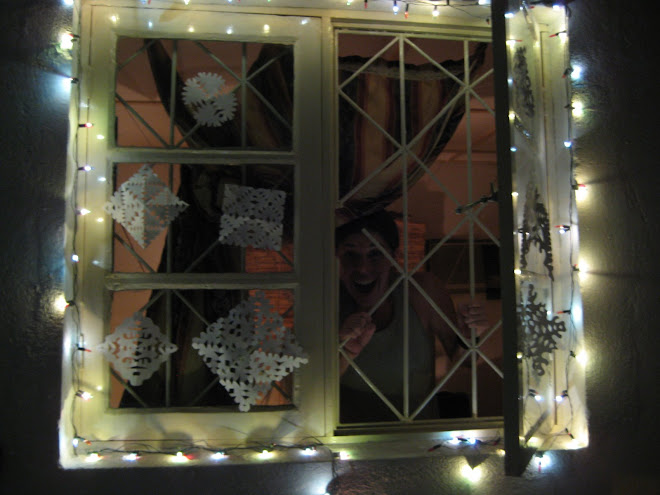
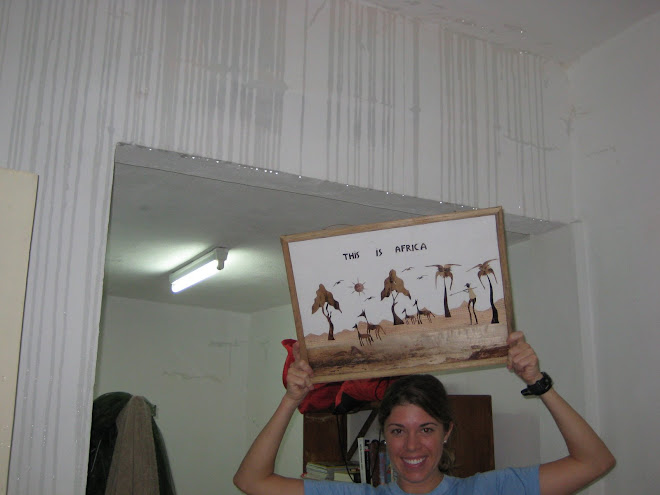
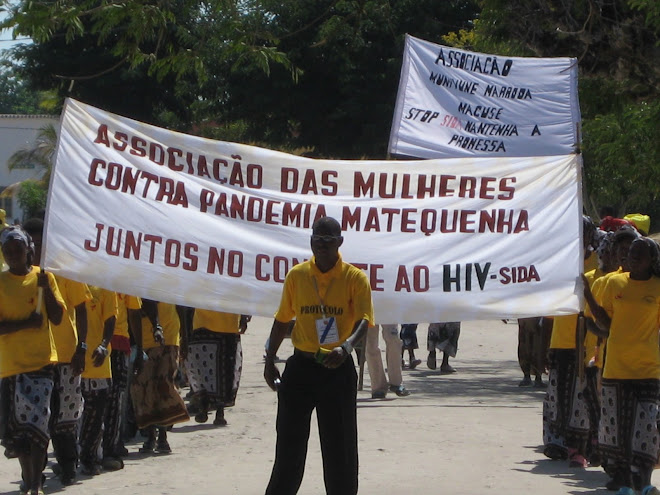

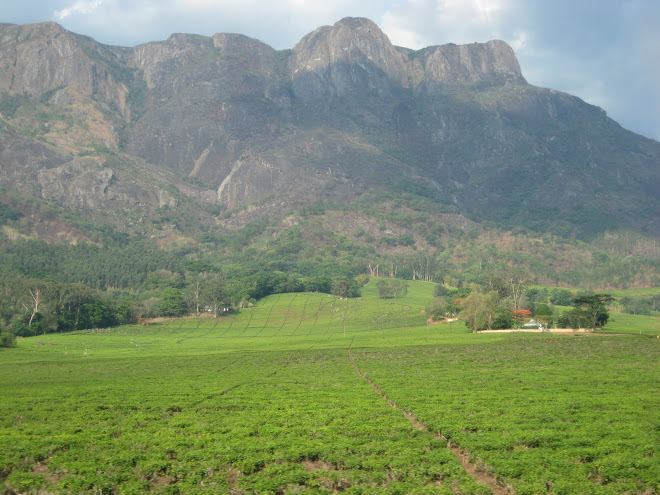
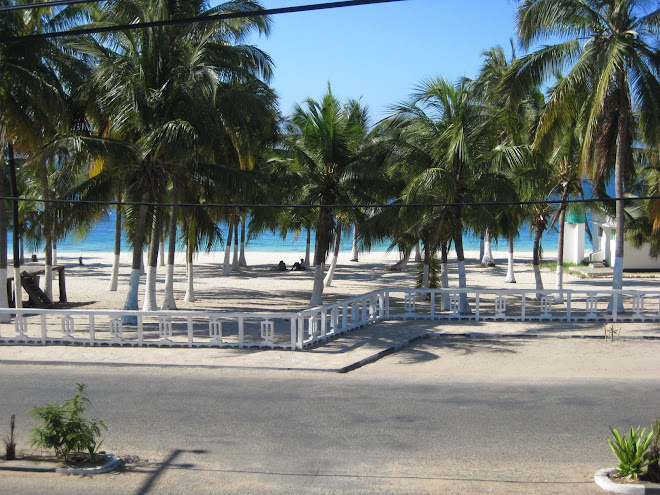
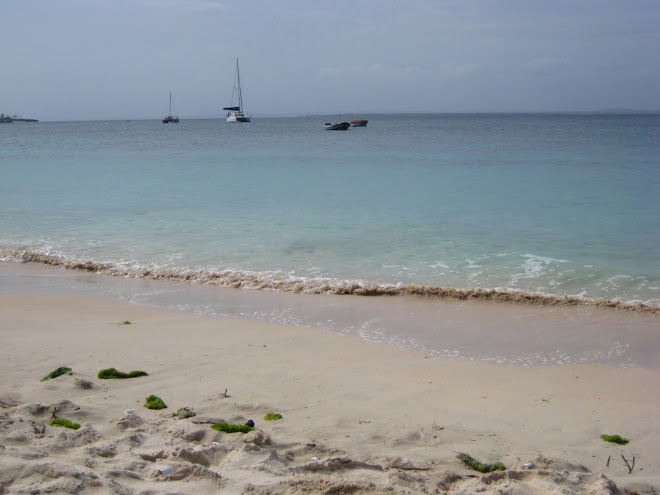








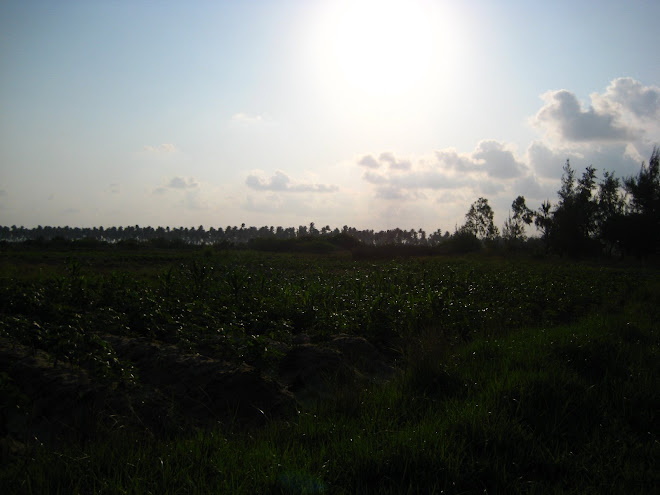


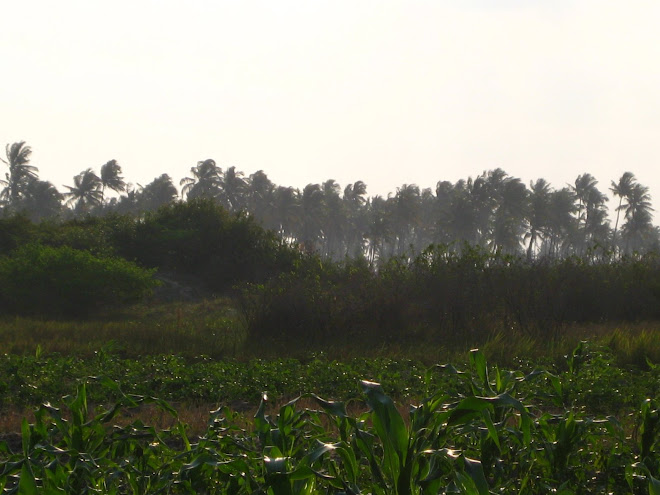









1 comment:
Wow. Stay down, help those that you can, learn from it, and become better for it. Proud of you two.
~C
Post a Comment